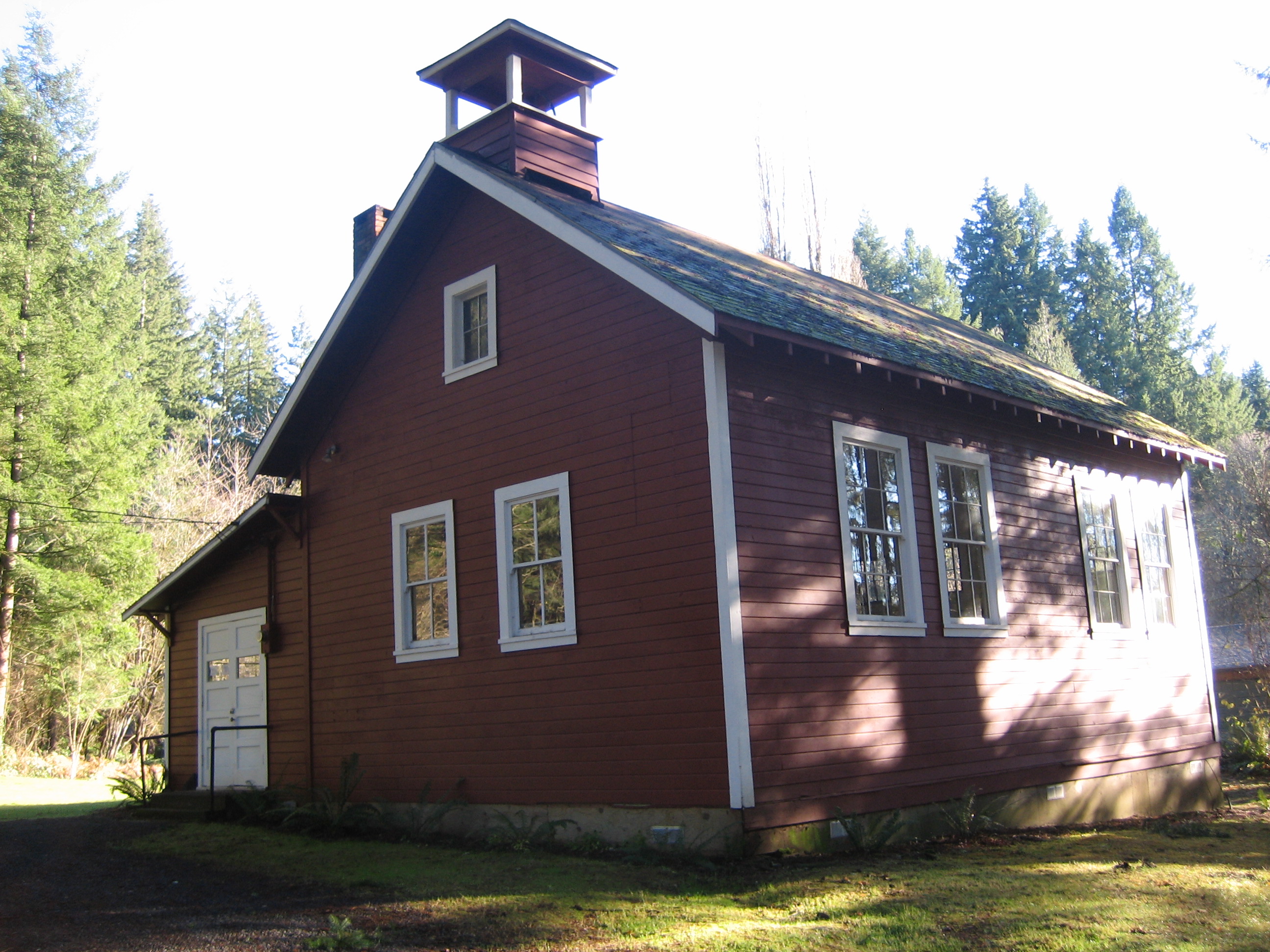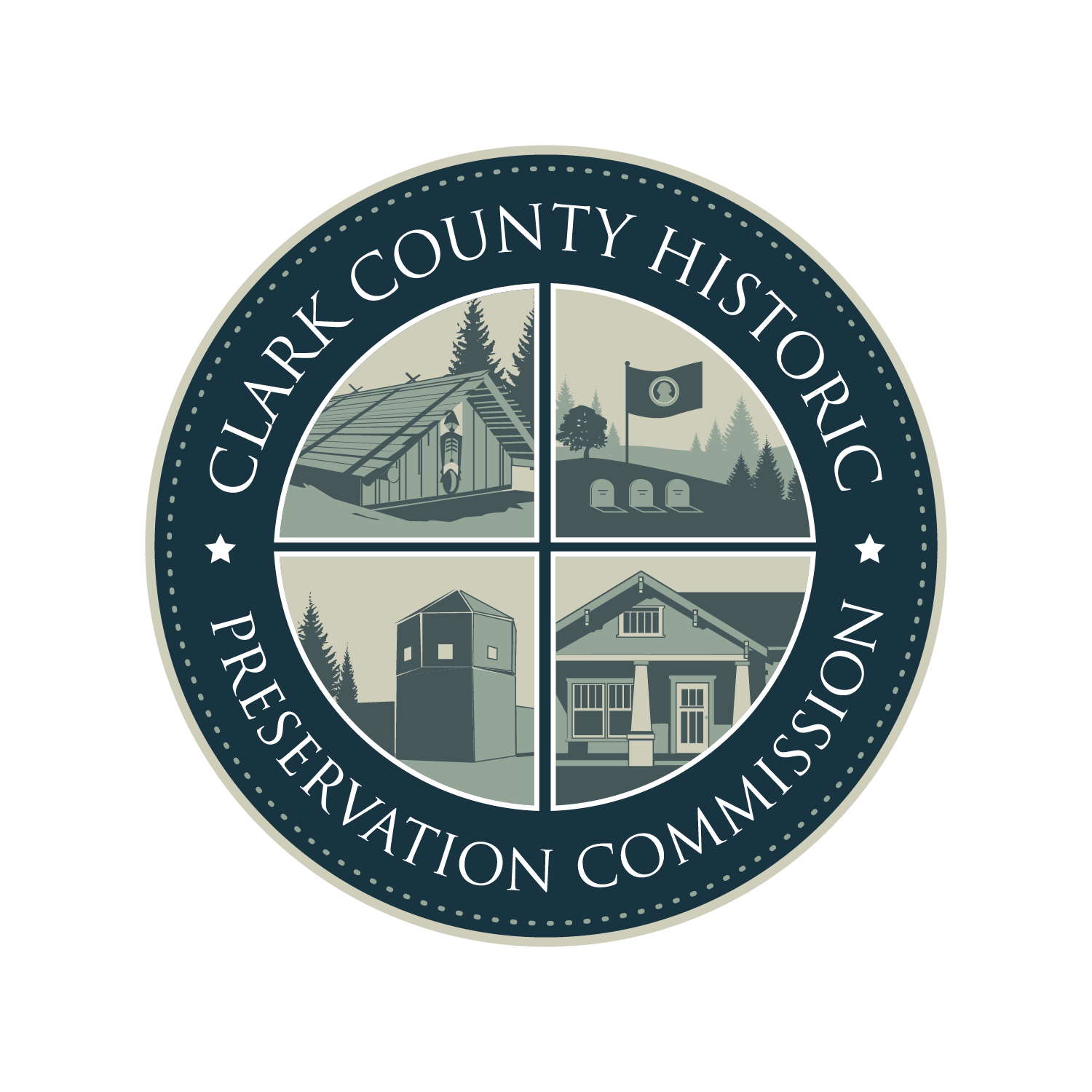Secretary of the Interior’s Standards
Under the 1966 National Historic Preservation Act, the Secretary of the Interior was charged with establishing professional standards for the treatment of historic properties. These standards provide guidance to building owners, architects, contractors, consultants, and other professionals who work on historic properties. Following these standards is a requirement for projects that receive any federal funding, but they are also used as guidance for work on any property that is listed on a historic register.
The Standards cover four types of projects – preservation, rehabilitation, restoration, and reconstruction.
- Preservation – applies measures to sustain the existing form, integrity, and materials of an historic property.
- Rehabilitation – uses repairs, alterations and/or additions to create a use for the property that is compatible with preserving the features which convey its historical, cultural, or architectural value.
- Restoration- accurately depicts the form, features, and character of a property as it appeared at a particular period of time by removing features from other periods and reconstructing missing features from the period of historic significance.
- Reconstruction- replicates, through new construction on the original, historic location, the form, features and details of non-surviving landscaping, buildings and/or structures as they appeared at a specific period of time.
Each of these project types has a separate set of standards and guidelines that address both exterior and interior work on historic buildings. In Clark County, the criteria used by the Historic Preservation Commission in their design reviews for a Certificate of Appropriateness, are the ten standards outlined in the Secretary of Interior’s Standards for Rehabilitation.
- A property will be used as it was historically or be given a new use that requires minimal changes to its distinctive materials, features, spaces, and spatial relationships.
- The historic character of a property will be retained and preserved. The removal of distinctive materials or alteration of features, spaces, and spatial relationships that characterize a property will be avoided.
- Each property will be recognized as a physical record of its time, place, and use. Changes that create a false sense of historical development, such as adding conjectural features or elements from other historic properties, will not be undertaken.
- Changes to a property that have acquired historic significance in their own right will be retained and preserved.
- Distinctive materials, features, finishes, and construction techniques or examples of craftsmanship that characterize a property will be preserved.
- Deteriorated historic features will be repaired rather than replaced. Where the severity of deterioration requires replacement of a distinctive feature, the new feature will match the old in design, color, texture, and where possible, materials. Replacement of missing features will be substantiated by documentary and physical evidence.
- Chemical or physical treatments, if appropriate, will be undertaken using the gentlest means possible. Treatments that cause damage to historic materials will not be used.
- Archeological resources will be protected and preserved in place. If such resources must be disturbed, mitigation measures will be undertaken.
- New additions, exterior alterations, or related new construction will not destroy historic materials, features, and spatial relationships that characterize the property. The new work will be differentiated from the old and will be compatible with historic materials, features, size, scale and proportion, and massing to protect the integrity of the property and its environment.
- New additions and adjacent or related new construction will be undertaken in such a manner that, if removed in the future, the essential form and integrity of the historic property and its environment would be unimpaired.
The retention and preservation of distinguishing historic characteristics and materials is the primary goal for the treatment of historic properties. Additional information about the Secretary of the Interior's Standards is available on this webpage.

